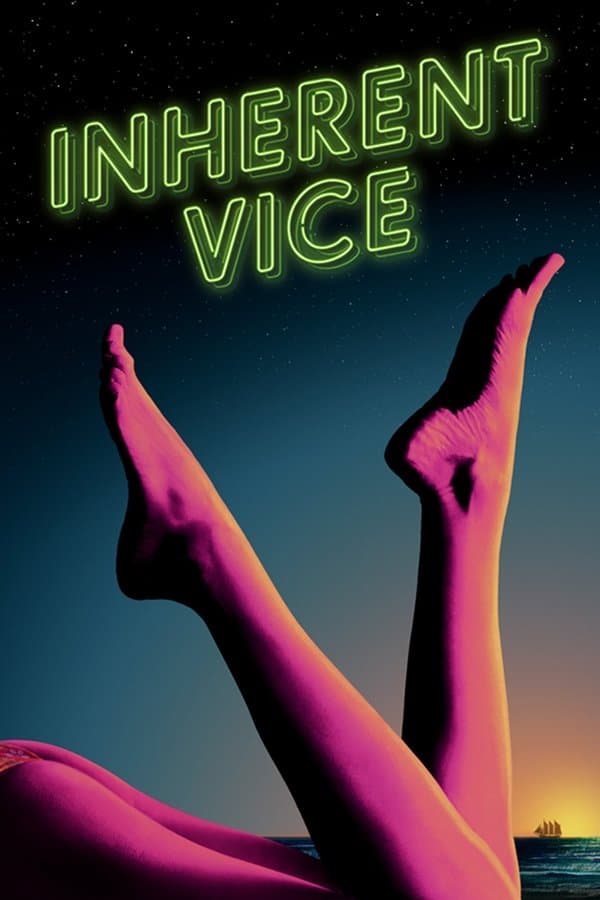
Inherent Vice
2014 • Comedy, Drama, Mystery • R
In Los Angeles at the turn of the 1970s, drug-fueled detective Larry "Doc" Sportello investigates the disappearance of an ex-girlfriend.
Runtime: 2h 29m
Why you should read the novel
Reading Thomas Pynchon's 'Inherent Vice' offers a richer and more immersive experience than the film adaptation ever could. The novel brilliantly captures a trippy, idiosyncratic narrative voice, filled with Pynchon's signature wit, wordplay, and deep dives into the psyche of the 1970s. Discovering Doc Sportello’s inner thoughts, observing the densely packed subplots, and savoring the sharp social and political satire are pleasures best experienced on the page.
Pynchon’s complex, labyrinthine prose pulls readers deeper into the labyrinth of paranoia, humor, and nostalgia than any film can manage. The book's unique rhythm and digressive storytelling let you pause, reflect, and connect the dots in your own time, while also challenging you with its intricate mysteries and subversive details.
Choosing the novel invites you to explore elements and insights simply too subtle or sprawling for the movie medium. You’ll encounter colorful characters, allusions, and plot layers that enrich your understanding of the era, making the reading journey more rewarding and personal than viewing the film alone.
Adaptation differences
One major difference between Paul Thomas Anderson’s film adaptation and the original novel lies in narrative style. The movie makes Doc Sportello’s motivations and world more approachable by using a more linear storytelling method, whereas Pynchon’s novel is far more digressive, often tangling the reader in wild tangents and Joycean wordplay. This shift narrows the scope of interpretation, as Anderson must visually and narratively streamline what Pynchon leaves hazy and impressionistic.
Another notable difference is in the representation of characters, particularly the addition of the narrator, Sortilège. In the film, Sortilège provides a quasi-omniscient voiceover helping to guide viewers through the twisting plot, whereas in the novel, the narrative is closely tethered to Doc’s often foggy perceptions. This change smooths over much of the book’s ambiguity and complexity, altering the story’s tone and the audience’s perspective.
The adaptation also pares down several subplots, omitting minor characters and events that would be too unwieldy or distracting for cinema. Pynchon’s book is teeming with asides, backstories, and conspiracy threads that deepen the sense of mystery and paranoia but could bog down the pacing of a film. These omissions, while perhaps necessary, result in a narrative that feels simpler and less wild than its literary source.
Finally, Anderson’s movie compresses and tacitly clarifies some of the book’s most surreal and ambiguous elements. Where the novel delights in unresolved threads and open questions, the film offers viewers more closure and coherence in its plotlines. The result is a movie that, while faithful to the source’s spirit, cannot capture the novel’s full kaleidoscopic complexity, making the reading experience more enigmatic, allusive, and rewarding for those who seek deeper immersion.
Inherent Vice inspired from
Inherent Vice
by Thomas Pynchon

